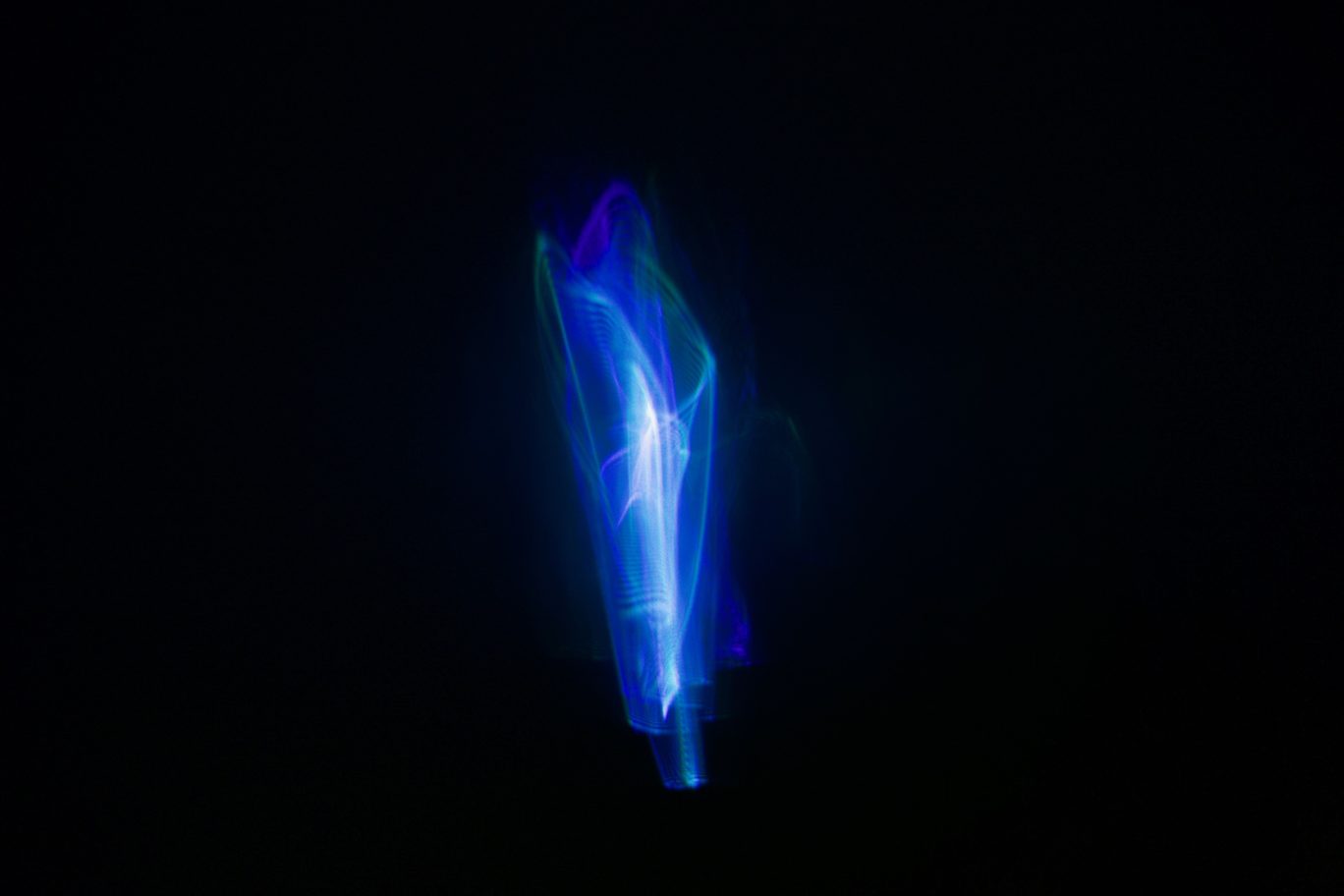Quantasonic is an experimental installation that aims to create a dynamic audio-visual landscape in which the spectator is invited to experience immersive turbulence of data visualisation. Within this environment, the concept is applied to abstract data structures that are interpreted as particles in space and sound. The Quantasonic idea originates from the tradition of European avant-garde and electronic music and combines notions in quantum physics and music composition. The quantum approach to music was pioneered by composer Iannis Xenakis who laid foundation for the granular treatment of sound production. In 1959, Xenakis attempted to create the first granular sounds using analogue tone generators and tape splicing. They can be heard in the composition Analogique A-B for string orchestra and tape (1959). The notion was later developed into a method of sound production that operates on the microsoundtime scale and is known in modern computer music environments as the granular synthesis. As a strategy to observe data, the Quantasonic project draws inspiration from the idea that all matter, including sound and light, can be observed as particles of different scale. It can also be seen as a reflection of long-standing ideas about the nature of sound. Quantum physics has hypothesised that a sound can be atomically reduced to physical particles. In 1946, the British physicist Dennis Gabor, Nobel Prize winner for holography, described the quantum approach to sound and how it should be considered from this perspective. He introduced the term Acoustical Quanta and presented the idea of applying quantum physics methods to the sound signal. This quantum concept is applied to data space and abstract data structures that are interpreted as particles in a multidimensional space. For many years, the artist has been exploring the subject of spatial data in computer music and the problem of multidimensional representation of data in a physical space. Within the frame of Studiotopia and in collaboration with Prof. Hugo Thienpont and his team of researchers at B-PHOT Brussels Photonics at Vrije Univeristeit, Johansons was able to further advance the idea and bring it closer to a practical realisation in the form of a demonstrator at the premises of B-PHOT. We are aiming to project acoustic quanta in the visual domain by means of cutting-edge photonics. One of the research objectives of the project is to achieve coherence and organic integration of data in acoustic and visual domains. We are exploring ways to tame intense light to create visual forms in space employing optical phenomena such as laser-induced optical breakdown and supercontinuum generation.
Find out more about the B-PHOT (Brussels Photonics Vrije Universiteit Brussel) which is Gluon’s scientific partner for the STUDIOTOPIA Art&Science residency programme.

